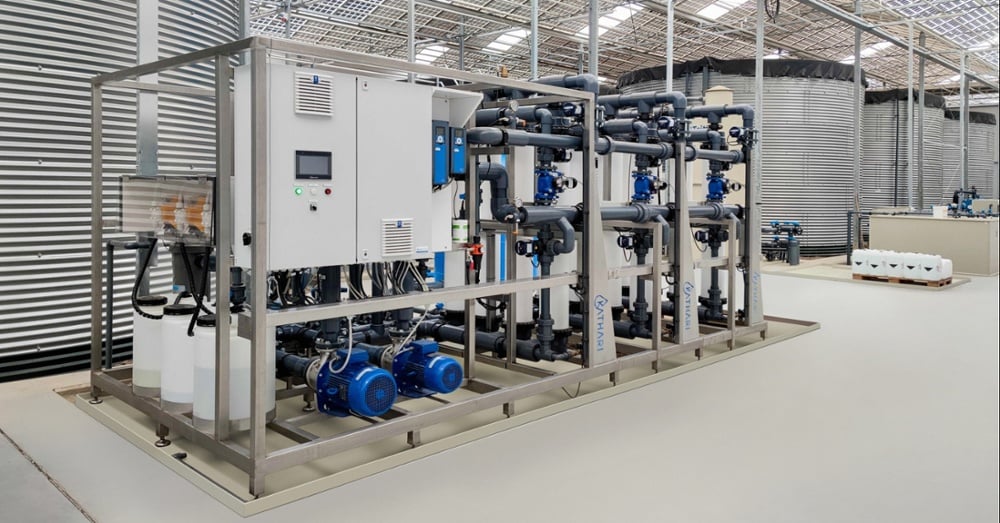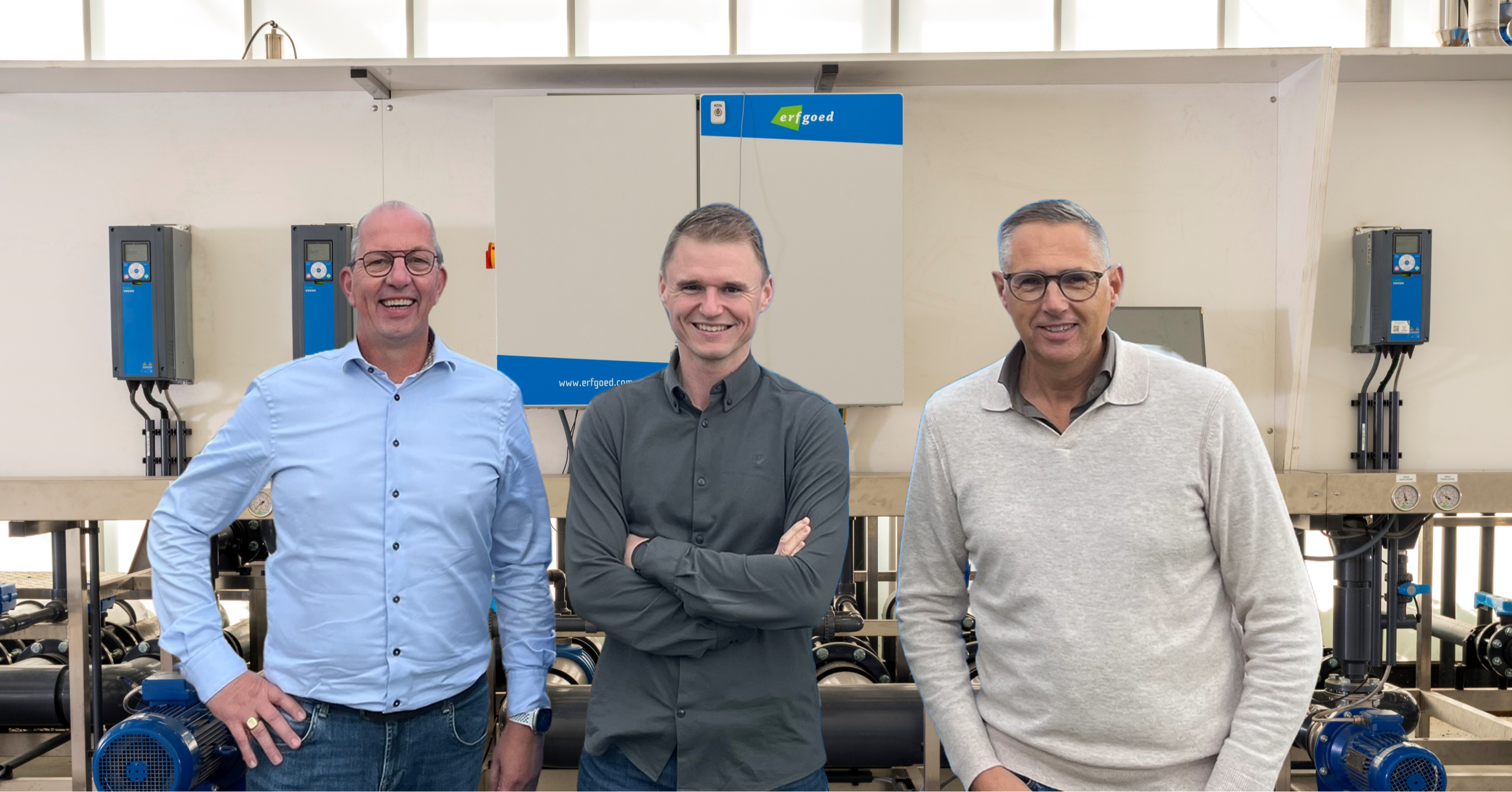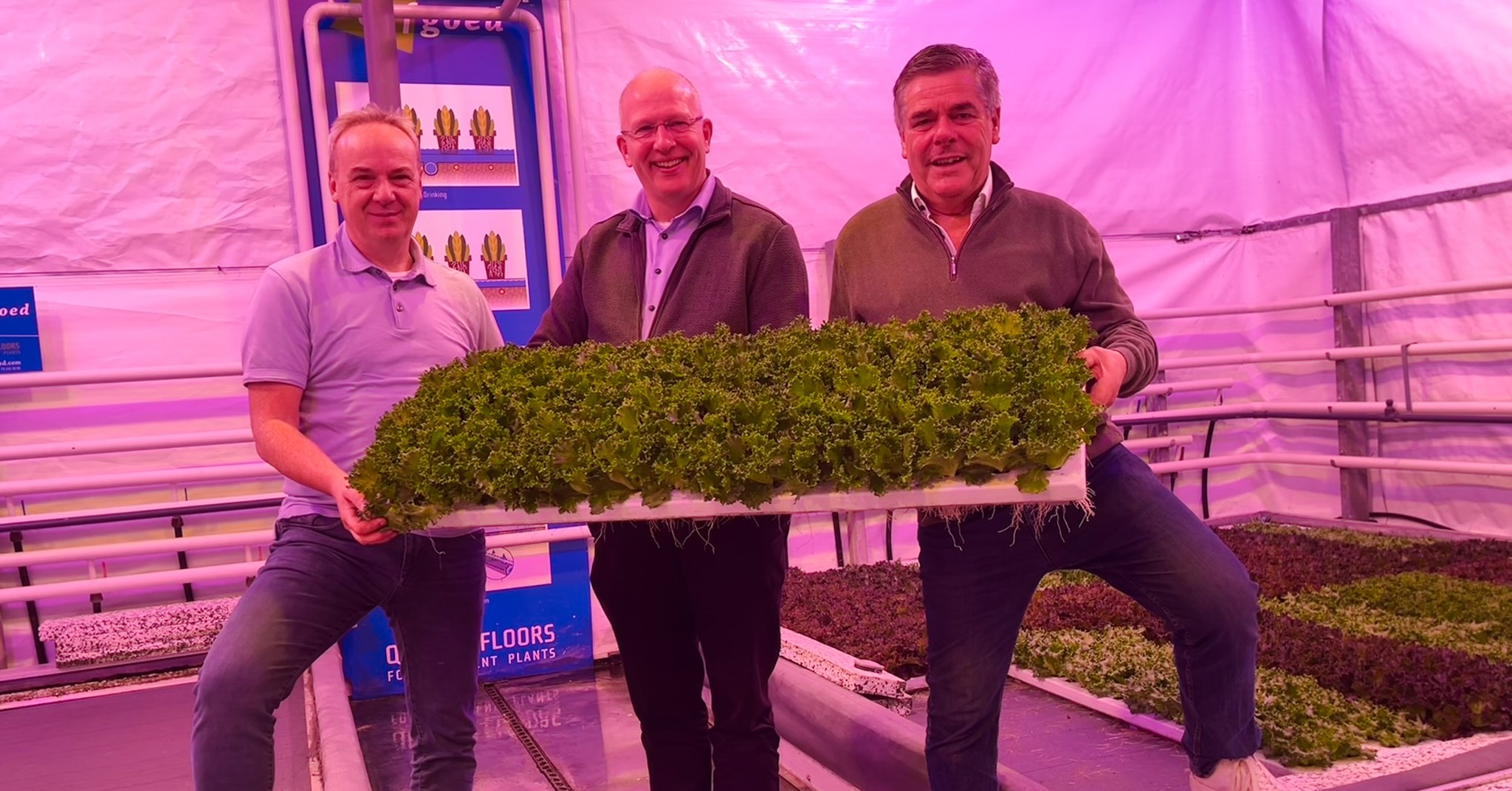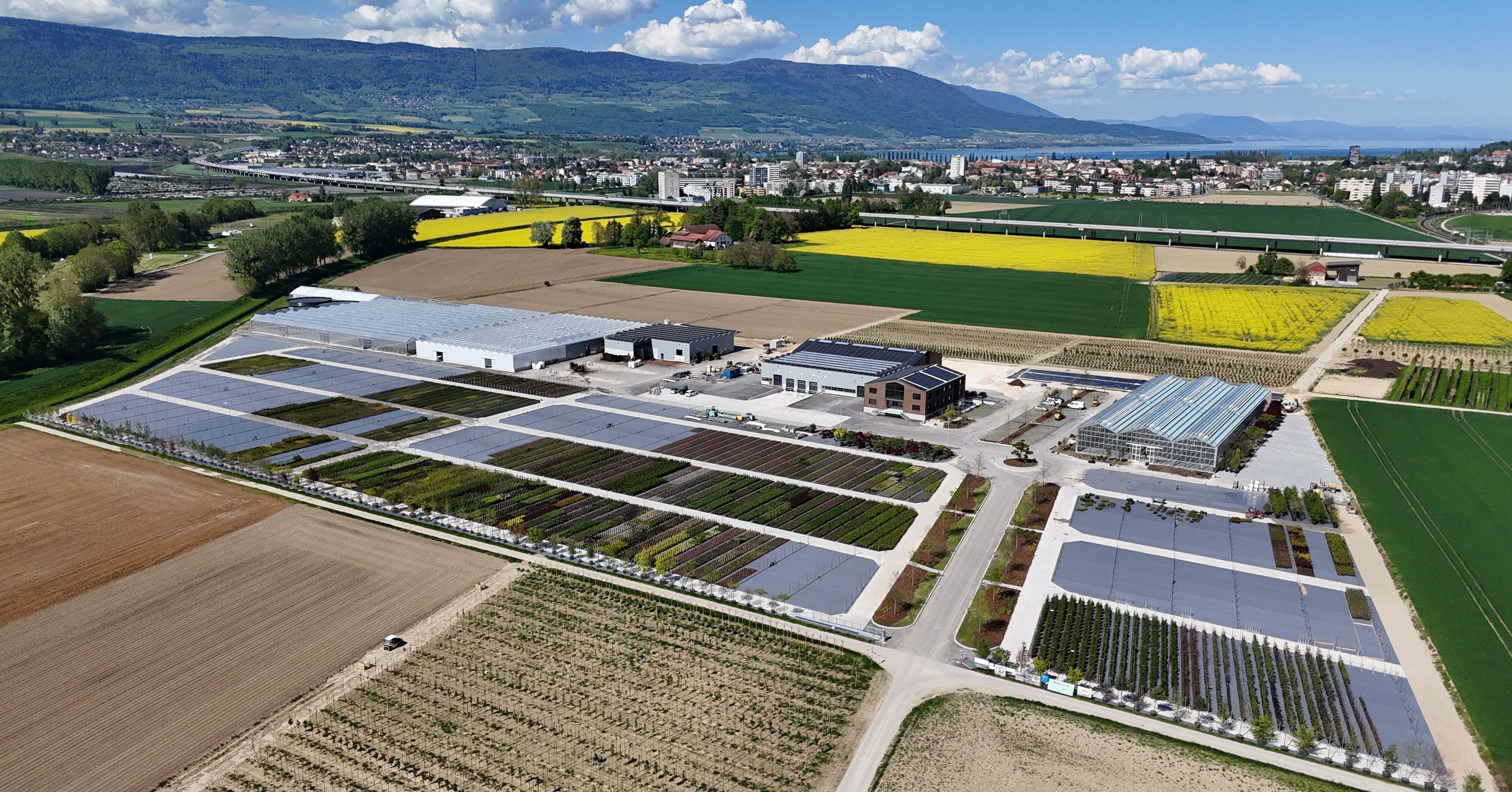- Prefer direct contact? +31 (0)79 593 38 00
- Language: English
Filtering irrigation water: when do you choose which technique?

Filtering irrigation water: when do you choose which technique?
Jul 5, 2023 11:30:00 AM
Clean, high-quality irrigation water is a must for good crop growth. To use water of high quality, it is often necessary to filter it. But when do you deploy which filtration technique? And what should you pay attention to? Water specialist Ruud Schulte of Van der Ende Group provides an overview of the various filter techniques and the pros and cons.
Ultrafiltration
Using this form of filtration, which has been used for decades, pathogens and insoluble particles are physically removed. "This is where it differs from other methods of filtration, which mainly focus on destruction," Ruud Schulte explains.
In ultrafiltration - using water pressure and membranes - different substances are separated from each other. The membranes allow water, ions, and molecules to pass through while viruses, bacteria, fungi, and suspended solids are stopped and removed. "That makes this an excellent technique for purifying water with full nutrient reuse," Schulte points out.
"This form of filtration is especially well suited for drain water reuse. This is because, with ultrafiltration, you can effectively filter viruses and bacteria out of the drain water while retaining the nutrients. Another advantage is that ultrafiltration requires approximately 90 percent less energy than water purification with UV light or ozone."
Reverse osmosis (RO)
The reverse osmosis technique can be used when the EC of the incoming water is too high, for example, because it contains too many ballast substances and salts. This is often the case with tap and well water, among others. "With reverse osmosis, you filter all salts and dissolved particles or nutrients - think calcium, sodium, etc., for example - out of the water," Schulte points out.
The water stream is split by membrane technology into a clean (permeate) and a dirty (concentrate) stream. The recovery - the ratio of input water to treated water - of an RO plant indicates what percentage of the untreated (raw) water is converted into clean water. Typically, recoveries are between 50 and 75 percent. Applying a High-Performance Reverse Osmosis (HPRO) plant can increase it to 95 percent. Also, the energy consumption of such a plant is about thirty percent lower, and - due to the higher recovery - less water supply is needed to produce the same amount of clean water (permeate).
The investment required by a reverse osmosis plant is comparable to ultrafiltration purification, according to Schulte. "However, the point of attention is that the energy consumption is higher. This is because removing dissolved solids requires a higher pressure, which costs more energy. But as indicated, this energy consumption can be reduced by choosing an HPRO plant."
Combination of ultrafiltration and reverse osmosis
Sometimes incoming water contains so much contamination and biology that multiple filtration steps are required. "For example, this is often the case with surface water," says Schulte. "In this case, the water is first purified by ultrafiltration; this is a kind of 'pre-filtration step.' Then the water still goes through a reverse osmosis plant. By first purifying through ultrafiltration, you also prevent the reverse osmosis system from clogging up."
Poseidon technology
Sometimes the Sodium content in the drain water runs so high that it cannot be reused. This can be the case when a grower also uses tap water. Then the Poseidon filtration technique can be used. This removes the Sodium from the drain water, allowing it to be reused longer. "And this results in nutrient savings. Also, less water needs to be supplied because you reuse the drain water longer," Schulte explains.
The Poseidon combines three membrane filtration techniques: ultrafiltration, nano-filtration, and reverse osmosis. "Because three different filtering techniques are combined, this technique is more expensive than ultrafiltration and reverse osmosis techniques alone."
Do you want to learn more about water management for growers? Download the white paper. Do you prefer direct contact? Please click here.





